Want More?
Sign Up for updates straight to your inbox! Woohoo!
Scuba gear is expensive! And it doesn’t matter how much you are in love with diving, forking out for a decent set of scuba gear can often make you cringe.
If you are like me and couldn’t afford the package deal or maybe simply don’t want the full set because of money or space restrictions then make sure to check out which pieces should go into your cart first. Renting or buying it’s all your choice!
Disclosure: Some of the links in this post are affiliate links. This means if you go through them to make a purchase we will earn a commission. Our aim is to help our readers through these links so everything we promote will be high quality products we personally believe in.
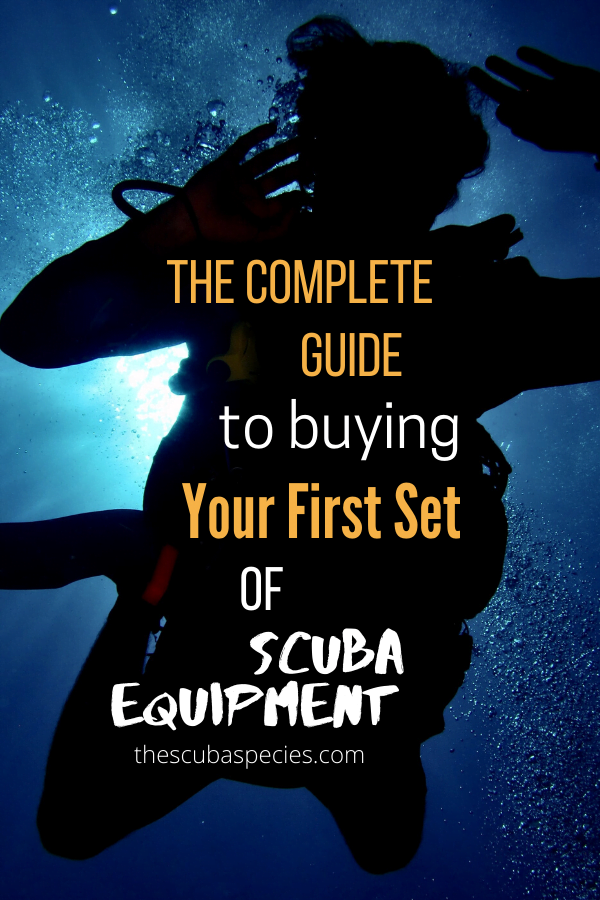
One of the appeals of buying your own scuba gear is that it will drastically improve personal comfort. However the biggest and simplest change will come the day you purchase your first mask.
The reason being that our face shapes are very unique. Unlike fins or a BCD where a few different sizes are enough to service the population of the earth, masks are made with different facial features and shapes in mind.
Of course you should still be able to find a decent fit when renting. However it is common for operators to stock only one or two basic designs. So chances are it’s not going to be perfect.
If you’re already sold on the idea don’t forget to read up on all the things you should consider when buying your first mask.

One of the downsides to having an ill fitting mask is that it also tends to be distracting. So although it doesn’t directly pose a danger it may cause greater problems down the line when you are too busy fiddling with your mask to pick up on other potential problems. Not to mention you will also miss out on seeing cool things.
You may even want to go as far as purchasing your own mask before your first course. It has the potential to impact your comfort in the water and focus on your training. However be aware that in this case you would be investing in a sport you have not yet tried and therefore may not like.
The other major advantages (and why its first on the list)is that it is on of the smallest, cheapest and adaptable pieces of scuba gear. For those who travel often this can be a huge deal. We once paid 700 GBP in excess baggage just to get 1 bag out of the UK!
Not to mention if you grab a snorkel you can use it for snorkelling too!
Although many long-term divers don’t go on to use their snorkel after their open water course it will come in useful the day you find yourself surfacing to huge waves. Not to mention you’re going to need one to complete your open water course.
You can even get simple roll-up versions if you don’t want it cluttering your mask. (Make sure you get a snorkel keeper. It’s likely you will lose it the first dive otherwise)
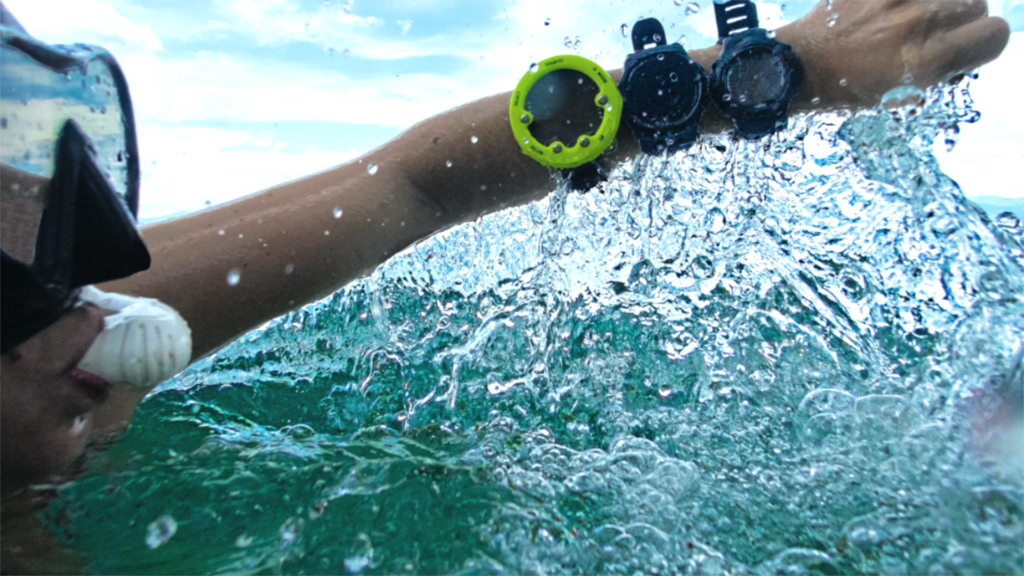
It is true that computers can come at a hefty price which may make you want to put off investing in one. However were here to tell you that is a mistake.
Although the minimum cost will probably be around 300 USD that is a small price to pay for something that is helping to keep divers alive under water.
Most people starting out probably wont need something fancy. So save up and stay safe before investing in the rest of your scuba gear.
Heres our handy beginners guide to choosing the right computer for you.
Similar to the mask fins are somewhat multipurpose and can be used for snorkelling. However, the main reasons why this is so high on the list is that fins are still somewhat small enough to be fit into or on the outside of luggage and are going to make a big difference in your comfort level.
If you end up deciding on the open heel design you may need to invest in a pair of neoprene boots before hand.

Another big one! A regulator is your main form of life support when diving so naturally it is an important buy. One of the main reasons why people delay in buying this piece of kit is that it is another of the pricier options. For this reason it is also often the tipping point to purchasing a full set of gear. Invest such a large chunk of money into something purely scuba related and the rest is sure to follow.
There are many reasons why a personal regulator is a good
choice. The main one being that it is a major win in terms of personal hygiene and safety. Of course most shops will wash and service their regs often but nothing beats having your own. Not to mention there is a much smaller chance of someone having thrown up in it before which, believe it or not, can be a frequent occurrence on boats.
As a very personal and important item of scuba gear some may argue that exposure protections should come much higher on the list. However they also tend to be the heaviest, space-consuming and least adaptable items of equipment which is why we believe you should take your time before deciding to invest.
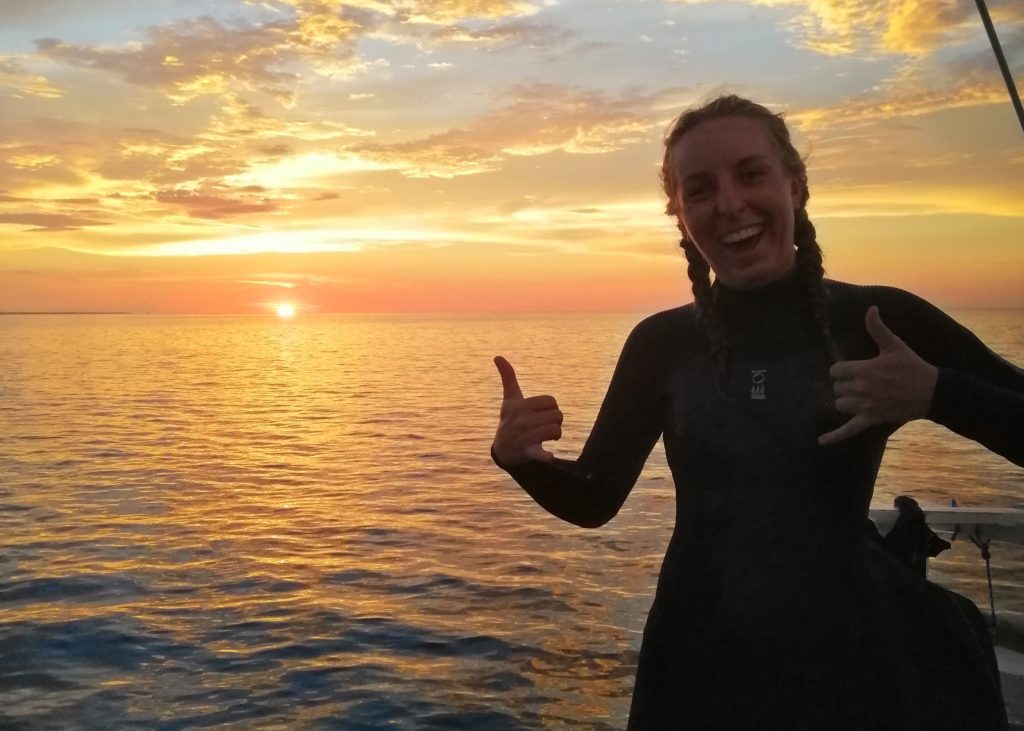
There are three main kinds of exposure protection: skin suits, wetsuits and drysuits. Each one is specific for a particular diving climate.
Dive centres will stock the kind best suited to their region which makes it an easy item to rent. Whereas when investing in your own you will need to consider in which climate you will mainly be diving.
Another thing to consider is the quality you will be getting in purchasing your own suit compared to a rental one. Not only are rental suits more likely to thin out or have holes in them but they also are subjected to more second-hand pee.
It is also a better choice if you have a specific body shape as you can purchase a suit to fit your individual needs.
Understandably rash guards and skin suits can be bought whenever. Even if you are not intending to get really seriously into scuba. In fact they also make an awesome alternative to sunscreens which more often than not damage the ocean.
Now for the chunkiest piece of all! If you have already invested in regulators, fins and all that jazz then a BCD is surety be the next stop.
By this point you should be at a place where you have an idea of the kind of diving you want to be doing. Maybe even having already tried a few designs to see what your most comfortable with. The reason we say this is that some kinds of diving for example wreck, cave and technical diving require a special set up which can be something to consider in what BCD you will buy.
This will also give you an idea of the positioning and amount of extra features like pockets or D-rings. Or even if you would rather a lightweight travel BCD.
Every diver is told in every open water course that a minimum recommendation is a cutting tool, one visual and one audible signalling device per diver.
Most pro-level divers are prepared with these items but it is quite rare you see fun divers doing the same. Why is this? Because it’s expected the guide is going to keep you safe.
Now I would like to think that dive pros have superhuman powers and can protect from all evil but the plain truth is that the ocean is huge, she does what she wants and we can never guarantee something bad isn’t going to happen. So it’s a very good idea to buy some safety scuba gear. Most of them are fairly cheap.
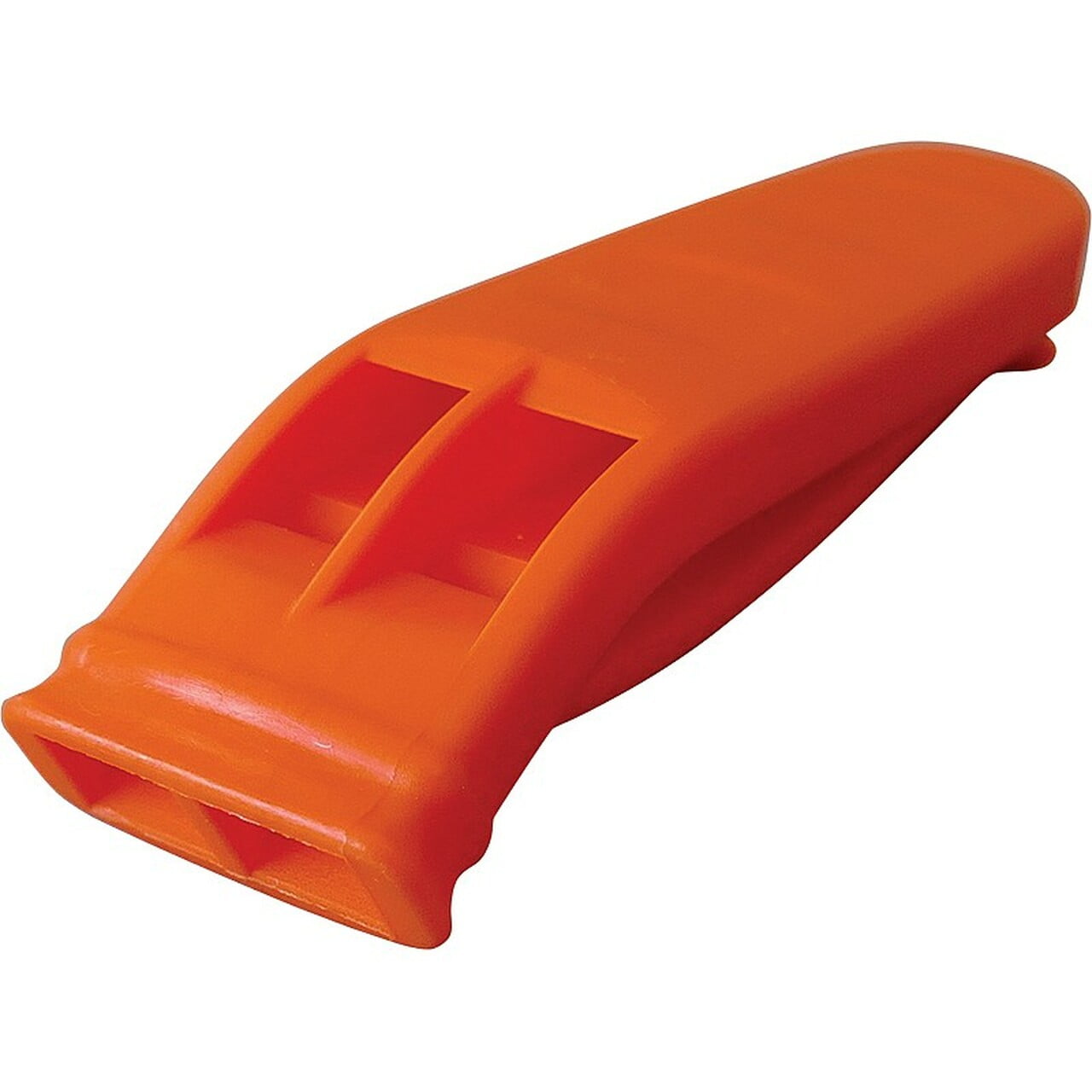
Most simply, a whistle. Often rental BCDs come with one attached. If you have your own gear then it's a very small investment. Just make sure to attach it with something that won't rust and cause it to fall off. In bad weather conditions this can be vital for signalling the boat.
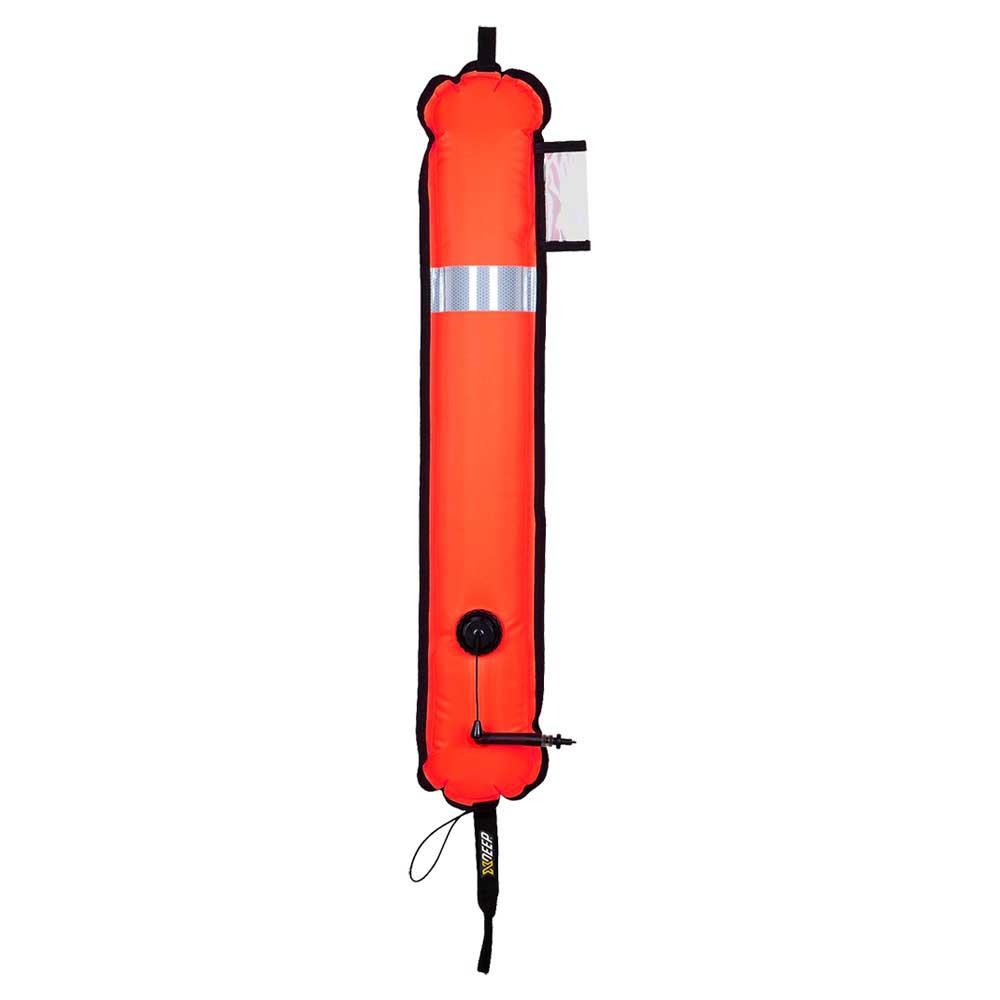
Visual signals include surface marker buoys and/or mirrors. This is not only to signal the boat on the surface but to warn of divers ascending or in shallow water.
IMPORTANT NOTE Please don’t try to use an SMB alone the first time, it can be very dangerous if the reel or fabric get caught on your person and drag you to the surface. If you want to practice make sure there is a professional/experienced diver present, tell them of your plans before the dive and ask them to supervise the activity. They should have a cutting tool to use if necessary. Alternatively, PADI offers a DSMB specialty if you want to learn how to deploy one safely.
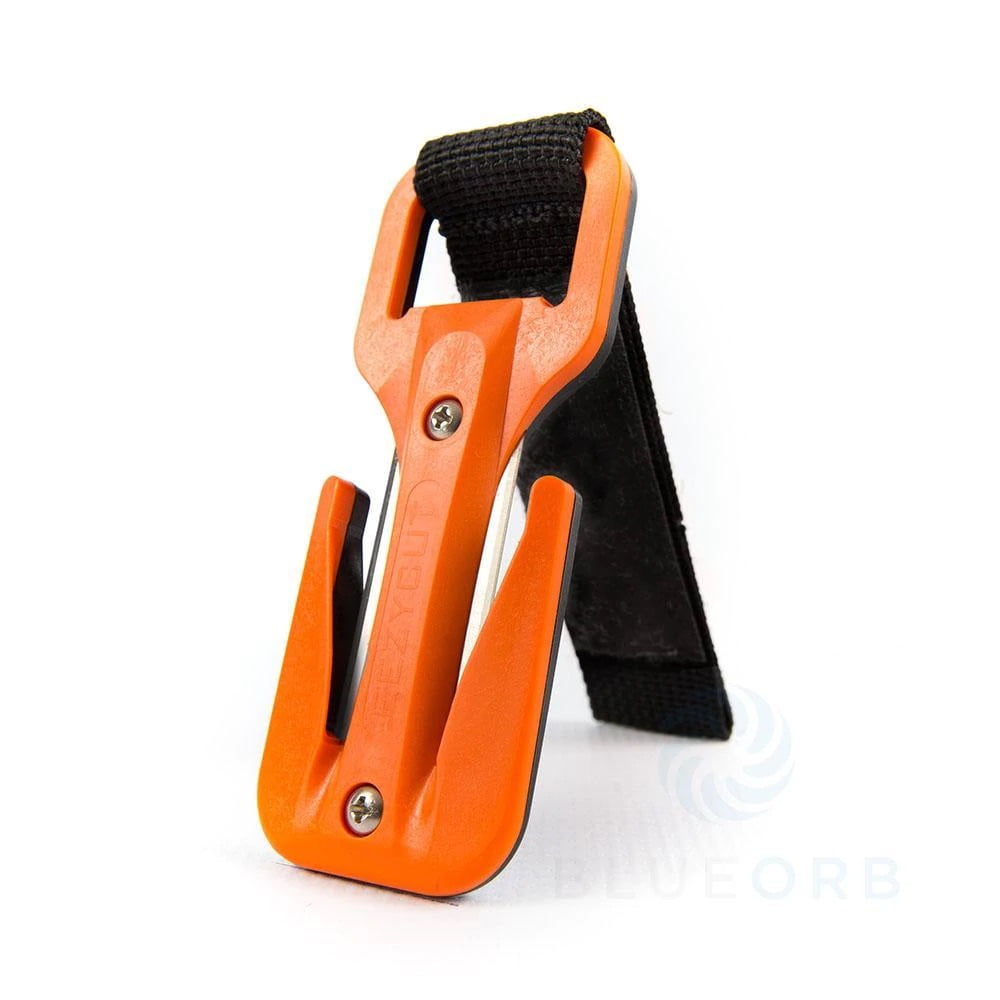
Cutting tools come in various different forms from a knife, Z-knife/line cutter to scissors. This is a safety measure in case of entanglement in net or line.
Well done for sticking it through to the end and if you’re a repeater then thanks for coming back. Hopefully, this information can give you a hand in deciding if you want to take the plunge. Newbie diver, traveler or pro I chucked it all in for all of you. As diving isn’t exclusive to one place this post also takes into account traveling with the gear.
Dive stores, centers and catalogs sell dive equipment but I recommend trying before you buy. Some places even let you take equipment for a try dive. I would highly recommend doing this even if you think you are set on a model.
Another alternative is buying second hand. Be wary though that it may have faults, it is a risk buying life support like regs, BCD and computers. Remember most dive gear also has pretty good resale value so if needs be you can sell and upgrade/change at any time.
If there is anything you think I have missed out or would like to know please drop a comment below.
Sign Up for updates straight to your inbox! Woohoo!